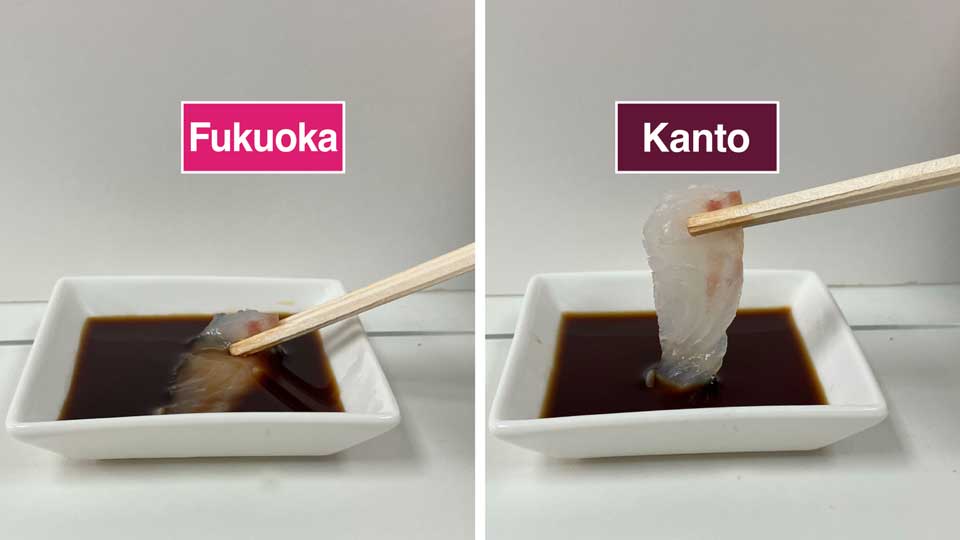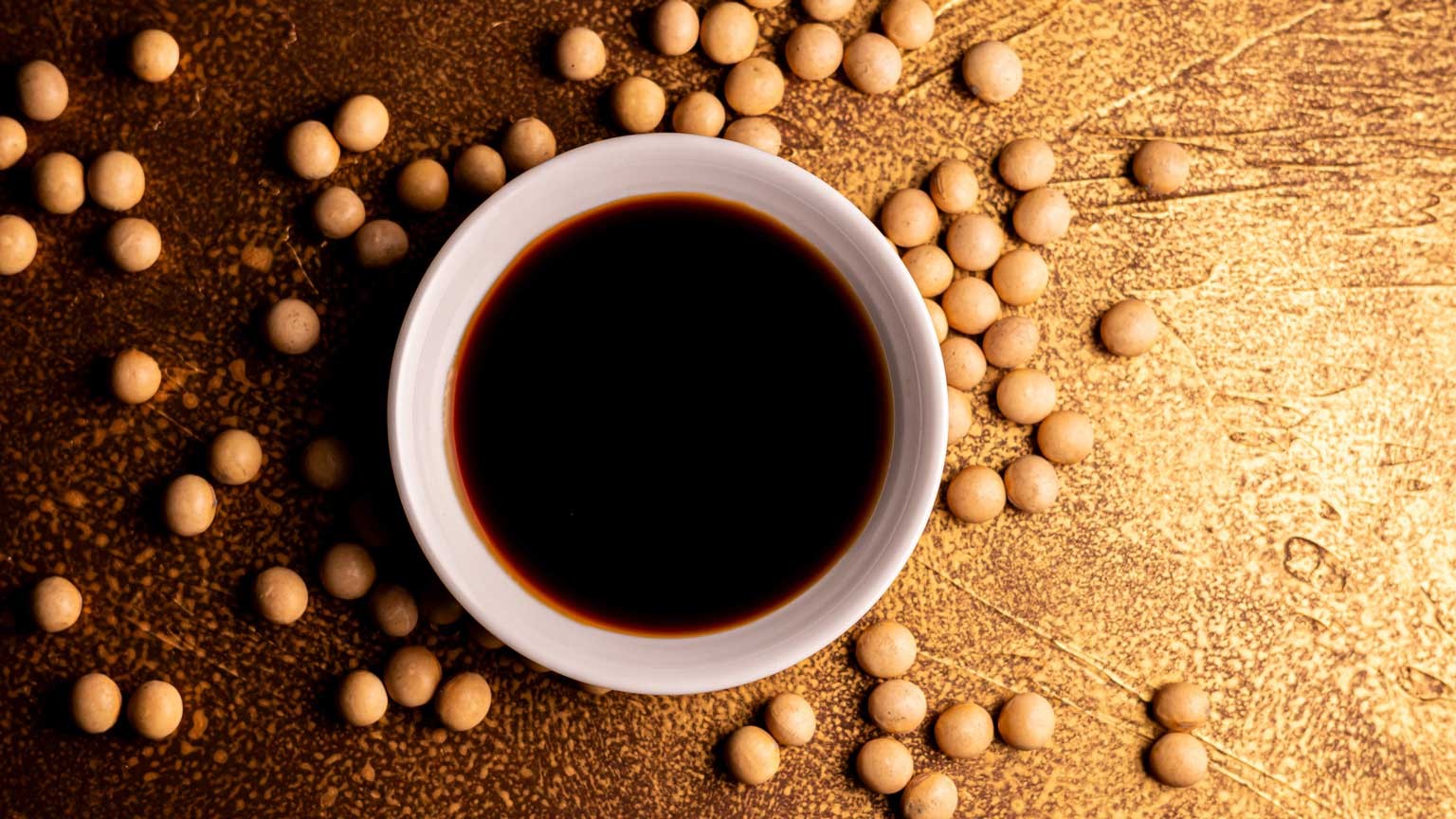Japan has more than 1,000 soy sauce breweries. A quarter of them are concentrated in the seven prefectures of the western island of Kyushu: Fukuoka, Saga, Nagasaki, Kumamoto, Oita, Miyazaki, and Kagoshima. Fukuoka has the most in the country, with over 100.
Different flavors
Each brewery's soy sauce is distinctive, says Ohama Daichi, a "soy sauce sommelier" who specializes in finding Kyushu soy sauces to suit each individual customer's tastes.
"Fukuoka's soy sauce, for example, has a strong sweetness, but it is also light. Soy sauce from Kagoshima is even sweeter and a little more viscous," Ohama says.
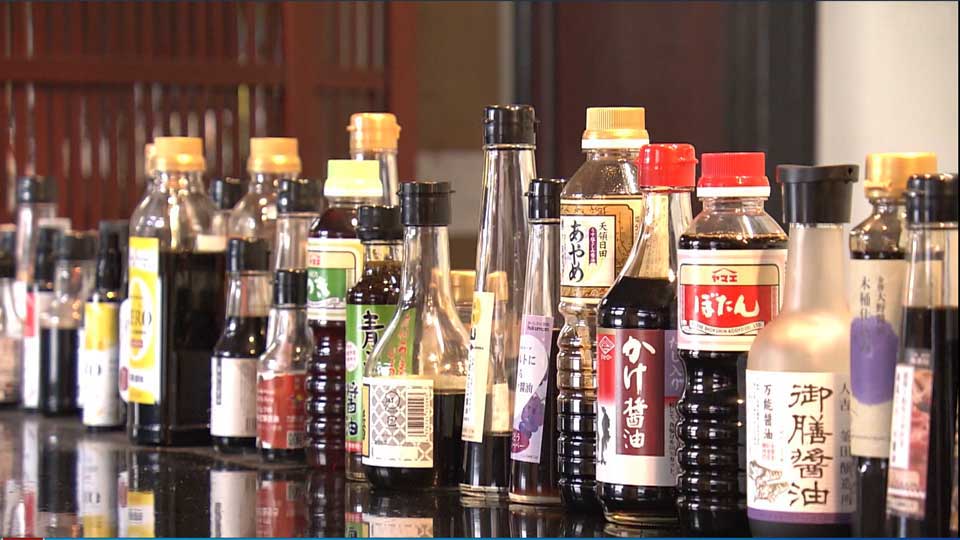
Customers like it sweet
The basic production process is the same everywhere. Most soy sauce is made from four basic ingredients: soybeans, wheat, salt and water. Many breweries in Kyushu add a blend of sugar and other sweeteners at the end of the process.
Yamagami Koji is president of Kitai Shoyu, a brewery founded in 1897 in Fukuoka Prefecture's Itoshima City. He says the sweetness enhances local delicacies.
"Fish caught in the sea around here, such as sea bream, Spanish mackerel and squid, taste better with sweet soy sauce," says Yamagami. "We make sure the sweetness of the sauce doesn't overpower the flavor of the ingredients."
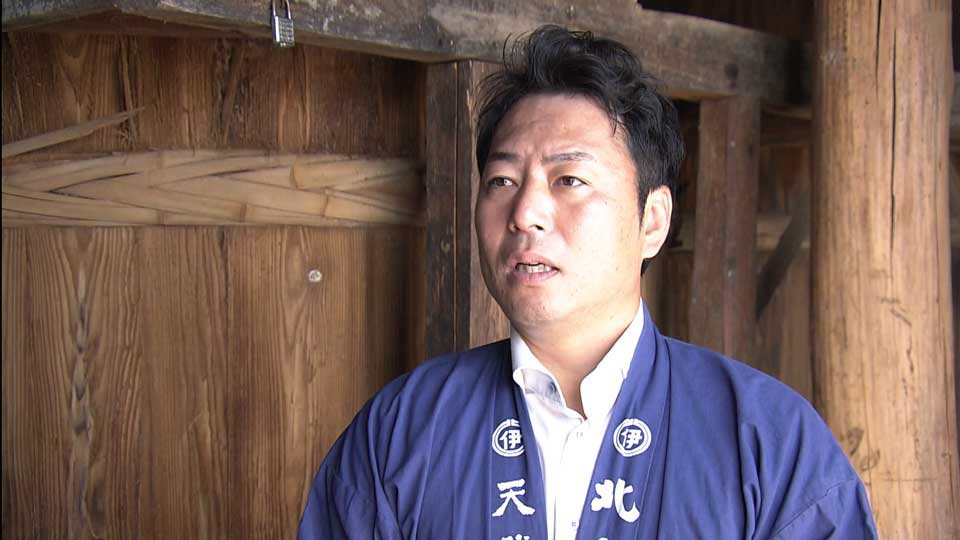
Local residents evidently have a taste for the sweetness. Some breweries say they adjusted their recipes in response to requests for even sweeter soy sauce from customers including sushi restaurants and bars.
Supply shortages led to changes
Utsunomiya Yuka, a professor at Gakushuin Women's College in Tokyo, is an expert on food culture who has researched dietary habits throughout Japan. She found no regional differences in the way soy sauce was made in the early Showa period (1926–89).
The president of Yoshinaga Jyozou, a brewery in Kagoshima Prefecture founded nearly a century ago, agrees with her assessment.
"I have heard from predecessors that it was only after World War Two that the sweetness became more pronounced," says Yoshinaga Hiroki.

Utsunomiya says supply shortages during and after the war forced breweries across the country to add amino acids to create umami flavor.
"The amino acid solutions inevitably had a strong odor. To get rid of that smell, they also added sweeteners. And many people in Kyushu, who have a sweet tooth, actually liked it," she says.
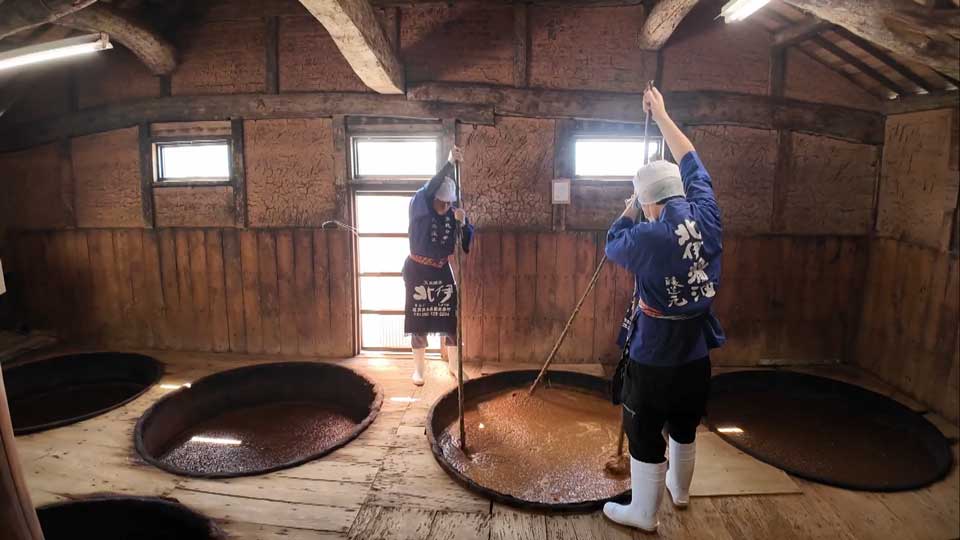
Utsunomiya says that many breweries reverted to their original recipes when ingredients were plentiful again. But in Kyushu, sweet soy sauce never went away, and was instead enshrined as part of the regional food culture.
"Sweet soy sauce settled in the region in a way that was almost miraculous," Utsunomiya says.
The region's sweet tooth took root in the Edo Period (1600-1868), when sugar was distributed to all parts of Japan via the Nagasaki Kaido, an important trade route. This land route connected Nagasaki's port — the only one open to overseas trade in those days — to Kokura in Fukuoka Prefecture. Nicknamed the Sugar Road, it conveyed not just sugar, but also sweets-making techniques throughout the area.
Kagoshima Prefecture also had a long history of cultivating sugarcane.
NHK World's research revealed some alternative theories on sweet soy sauce's origins. Some people believe the sweetness increased to match Kyushu's most popular distilled beverage. Another theory is that the sweet soy sauce allowed local fishermen to easily have both sugar and salt on their boats. Others believe people enjoyed treating their guests to homemade meals with the sweet soy sauce to show hospitality because sugar was expensive.
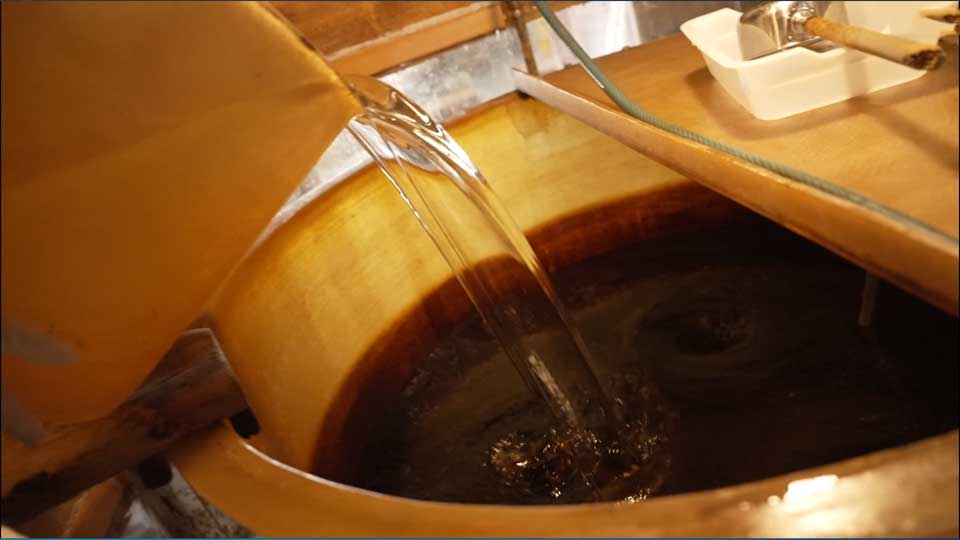
Kyushu's originality applies not only to the taste of its soy sauce, but also in the way people use more of it on their food.
Ohama notes that soy sauce produced in Kyushu is slightly less salty than the types made in eastern Japan. He says soy sauce from Kanto contains enough salt so that even a small amount of it can enhance the taste of a dish.
Because sweetened Kyushu soy sauce is less salty, he says, "Food tastes better when it's drenched with it."
